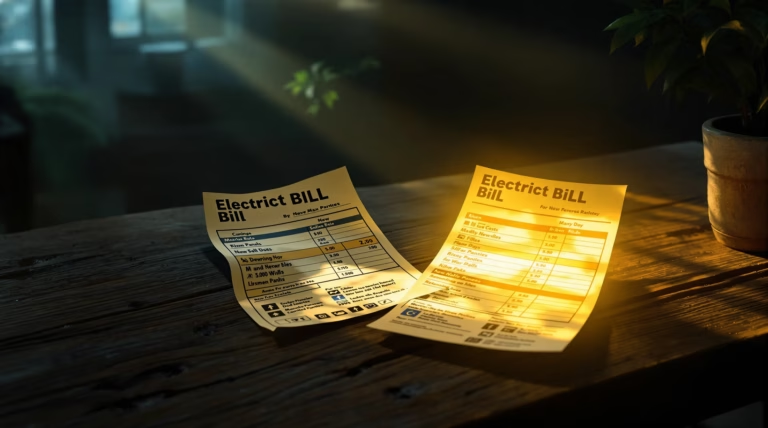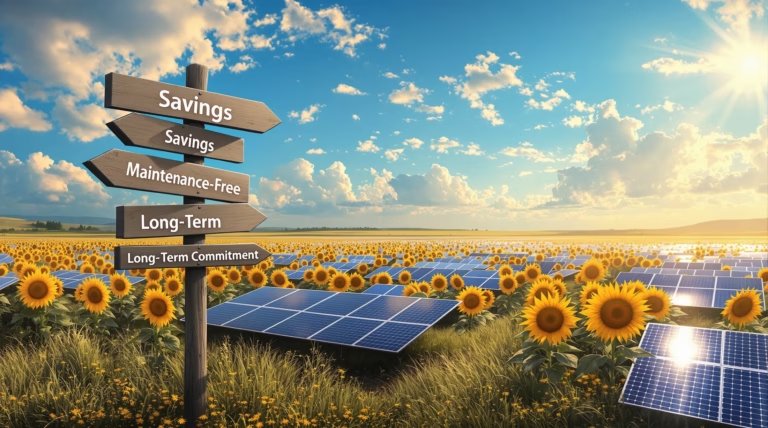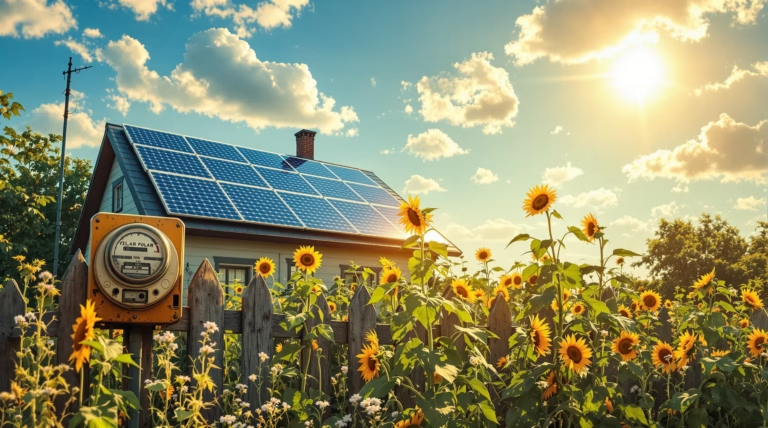Electric Bill After Solar Panels: What to Expect
Making the switch to solar power is a transformative decision that can dramatically reshape your monthly electricity expenses. Before you make this significant investment, it’s essential to understand exactly how your electric bills will change and what factors influence your potential savings.
Understanding Your Electric Bill After Solar Panels
Installing solar panels fundamentally changes your electric bill structure. While you’ll continue receiving monthly statements, they’ll likely show significantly lower amounts—sometimes even negative balances due to excess energy production. Your solar panels offset grid electricity consumption, directly reducing your monthly costs.
Several factors influence your post-solar bill:
- Solar system size and efficiency
- Daily energy consumption patterns
- Local utility rate plans
- Seasonal sunlight variations
- Grid connection requirements
How Solar Panels Affect Your Electric Bill
Your home essentially becomes a mini power plant with solar panels installed. During daylight hours, your system generates electricity for immediate use, while excess power flows back to the grid. Most homeowners experience bill reductions of 50-90%, with variations based on:
| Factor | Impact on Savings |
|---|---|
| System Size | Larger systems typically generate more savings |
| Local Climate | Sunny regions yield higher production rates |
| Energy Usage | Lower consumption leads to greater offset potential |
| Seasonal Changes | Summer months usually provide maximum savings |
Common Charges on Your Electric Bill
Even with solar panels, certain charges remain constant on your electric bill:
- Fixed charges ($10-$30 monthly) for grid connection and maintenance
- Nonbypassable charges for regulatory programs
- Delivery charges for grid infrastructure
- Time-of-use rate variations
Maximizing Savings with Solar Panels
Strategic system sizing and energy management can help achieve 70-100% reduction in electricity costs under optimal conditions. Your savings potential depends on geographical location, system capacity, and local utility policies.
The Role of Net Metering in Reducing Bills
Net metering serves as a crucial billing mechanism that allows you to:
- Export excess electricity to the grid
- Earn credits for future use
- Offset nighttime consumption
- Reduce or eliminate monthly bills
- Carry forward negative balances
Enhancing Savings with Solar Battery Storage
Battery storage systems maximize solar investment returns by:
- Storing excess daytime production for evening use
- Avoiding high peak-rate charges
- Reducing grid dependence
- Providing backup power during outages
- Optimizing self-consumption of generated power
Financial Considerations for Solar Panel Installation
Installing solar panels involves multiple financial aspects beyond simple bill reduction. While monthly electric bills continue after installation, they’re typically much lower—potentially even showing negative balances from excess energy production. This reduction occurs because solar panels offset grid electricity consumption, generating substantial long-term savings.
- System size relative to energy needs
- Local electricity rates
- Available incentives and rebates
- Chosen financing method
- Total energy expenditure including financing payments
Exploring Solar Financing Options
Solar installation financing offers several pathways, each with unique advantages:
| Financing Type | Key Benefits | Considerations |
|---|---|---|
| Cash Purchase | Maximum savings, immediate ROI | Requires significant upfront capital |
| Solar Loans | 4-8% interest rates, 5-25 year terms | Spread payments over time while owning system |
| Home Equity Options | Lower interest rates | Uses home as collateral |
| Leases/PPAs | No/low upfront costs | Lower long-term financial benefits |
Understanding Federal Tax Credits and Incentives
The federal solar investment tax credit (ITC) offers a substantial 30% deduction of total system costs from federal taxes. For a $20,000 installation, this equals $6,000 in tax liability reduction, significantly improving ROI and shortening payback periods.
- State tax credits and rebates
- Performance-based incentives
- Upfront installation rebates
- Property tax exemptions
- Utility company incentives
Most homeowners achieve system payback within 5-8 years, followed by decades of essentially free electricity generation. These incentives may change over time, making current program understanding crucial for project planning.
Environmental Impact and Sustainability
Solar panel installation delivers substantial environmental benefits beyond financial advantages. A typical 6kW residential solar system reduces carbon dioxide emissions by 5-6 tons annually, which equates to planting approximately 100 trees each year. Throughout a system’s 25-year lifespan, a single household can offset between 125-150 tons of carbon dioxide, making solar adoption one of the most effective environmental actions available to homeowners.
- Reduces dependency on non-renewable energy sources
- Decreases demand for fossil fuel-generated electricity
- Improves local air quality
- Minimizes water consumption compared to traditional power generation
- Contributes to long-term sustainability goals
| Environmental Benefit | Annual Impact |
|---|---|
| Carbon Dioxide Reduction | 5-6 tons |
| Equivalent Trees Planted | ~100 trees |
| Water Conservation | Thousands of gallons saved |
By shifting energy production toward cleaner alternatives, solar systems help mitigate health impacts associated with pollution while conserving valuable water resources traditionally used in conventional power generation. Every kilowatt-hour produced on residential rooftops represents a tangible contribution to global sustainability efforts, offering homeowners the dual satisfaction of environmental stewardship and financial savings.







